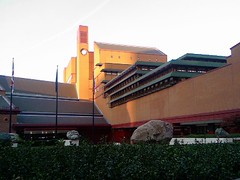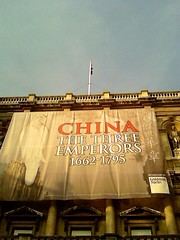Walking in to the latest major exhibition at the National Portrait Gallery, you are greeted by the cool, self-possessed gaze of Sofonisba Anguissola, the artist and the subject. She has taken for herself the role of St Luke the evangelist in painting the “first” portrait of the Virgin Mary. Then you look at the caption, and find this was painted in 1556.
It is not just the quality of the work here that surprises, but that a woman should be granted such a prominent place, so early. But as you proceed through Self Portrait: Renaissance to Contemporary, at every point it is the female artists who stand out. Of the 56 diverse paintings here, a quarter are by women – a surprisingly large percentage for a show covering such a time frame.
The curators suggest that the self-portrait particularly appealed to women artists because they were compensating for their lack of access to models, and taking one of the few avenues available to them for self-promotion. Both statements are undoubtedly true, but it also seems that these factors were not so great a disadvantages as they might seem, at least in the specialist area of the self portrait. The women, being forced to look inward, to analyse and argue for their professional status, produced powerful paintings that have a lot to say.
Continue reading

 Almost everything in this extensive exhibition was made to the greater glory of these three men, or for their entertainment**. They appear again and again in different guises, sometimes as fervent Buddhists, sometimes as hunt-obsessed leaders of fierce nomads, sometimes as sober Confucian scholars. (Although the extremely formidable-looking Xiaosheng, Empress Dowager, painted in 1751 for her 60th birthday, does get an airing in this first room.)
Almost everything in this extensive exhibition was made to the greater glory of these three men, or for their entertainment**. They appear again and again in different guises, sometimes as fervent Buddhists, sometimes as hunt-obsessed leaders of fierce nomads, sometimes as sober Confucian scholars. (Although the extremely formidable-looking Xiaosheng, Empress Dowager, painted in 1751 for her 60th birthday, does get an airing in this first room.)